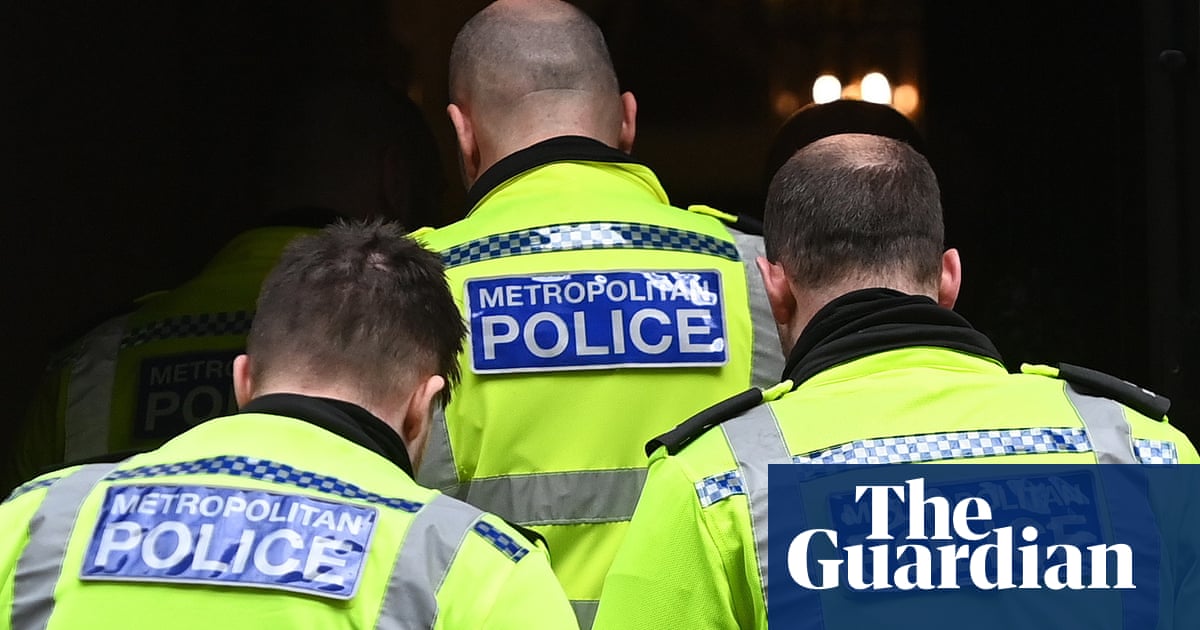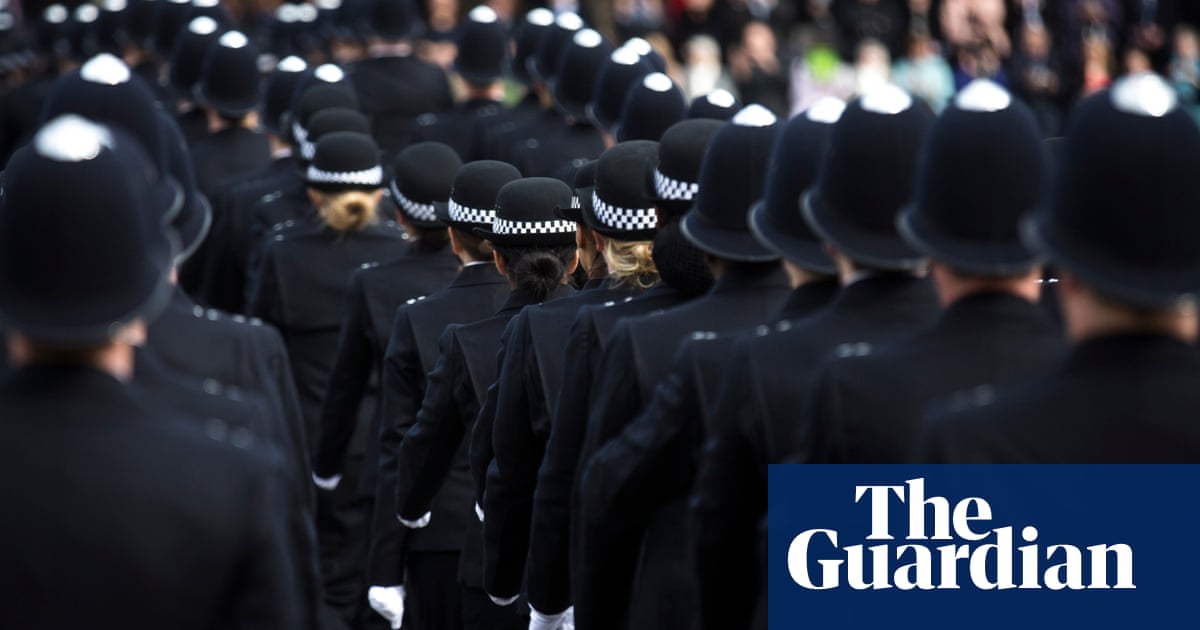
s a black woman, watching a sea of faces shouting “Black lives matter”, “I am not a threat” and “I can’t breathe” has been powerful and humbling. As a frontline officer with the Metropolitan police, it has felt like a reckoning. The world appears to be waking up. For the first time in decades, London’s police service is beginning to stir.
Police leaders have realised the spotlight is upon them. They know they must look like they want change. During the first week of protests, our commissioner, Cressida Dick, and her senior leadership teams voiced words of praise for the resilience of officers facing “challenging times”, and the need to “strike a fine balance” when policing the Black Lives Matter protests. But by the following weekend, Dick’s tone had shifted. The commissioner condemned the “assaults” by protesters, deeming them “unacceptable”.
As a black officer in the Met, I’ve worked on the frontline in uniform for several years now. It’s going to take a little more than a blog or a speech to start driving the changes that the force needs. The problem of a breakdown in the policing of black communities runs far deeper than the devastating death of George Floyd in the United States. Deaths in police custody in England and Wales have increased over the last decade, and the proportion of black people dying after the use of force in police custody is higher than the proportion of black people in the population of England and Wales. Indeed, for Neville Lawrence, the father of Stephen Lawrence, the Metropolitan police remains institutionally racist.
Since the Macpherson report in 1999, the Met has undoubtedly made efforts to improve. It has introduced various schemes and assistance to BAME officers and has developed a working conversation with local communities. But until the commissioner, her commanders, senior leadership teams and every other white police officer realise and understand what it means to benefit from white privilege, this won’t be enough.
If you are BAME, in London you are 2.5 times more likely than a white person to be stopped and searched, with the numbers leaping to 10 times as likely if you’re in a vehicle. These numbers speak for themselves. Black communities are disproportionally policed. I see this as part of my job: in poorer areas, young black boys are targeted and hunted, while in central London, habitual drug users partying on the town are left untroubled.
The black community in London is well aware of these problems and deeply resents the police as a result. As a black police officer, this has made my job difficult. Due to the complex political history between the police service and black Britain, officers of colour representing the Met are regularly targeted by these communities when out on patrol. I have seen and experienced slurs of “Here comes the black one”, “Coconut” (a racial slur meaning black on the outside yet white on the inside), “Trust them to roll out the black one for us” and jeers of “Uncle Tom”. I’ve been told repeatedly that I am “working for the white man”.
Yet white supervisors overlook this added difficulty for their BAME staff, and don’t seem to consider its impact on our emotional wellbeing. I have repeatedly found myself both deflated and exhausted when trying to educate my colleagues on the painful history of policing and the black community. That its legacy has filtered down to our everyday interactions on patrol – a legacy of disproportionate policing fuelled by negative racial stereotypes which inevitably make the work of BAME officers harder.
I’ve seen and heard how an environment of micro-aggressions and white privilege affects fellow BAME officers in the force, forcing them to carefully navigate a minefield while feeling hemmed in on either side. The Metropolitan Black Police Association has been championing the fair treatment of BAME officers, yet the playing field is still not remotely level. To this day, a BAME officer is twice as likely as a white officer to be subject to a misconduct allegation. And as we saw in the treatment of Carol Howard, Robyn Williams and Khafi Kareem, if a black officer commits a misdemeanour there is a greater likelihood of the press getting hold of it and plastering it across the tabloids.
Those damaging stories were contorted to shame accomplished black female police officers, despite their excellent previous work. Although white male officers are regularly dismissed for gross misconduct and breaking the law, these cases often go under the radar and tend not to receive the same level of press coverage. In the case of Sean Rigg, the black British musician who died in police custody from a cardiac arrest after he was restrained by three officers for more than seven minutes, all five officers involved in the incident were cleared of misconduct.
Black people often say we must work “twice as hard to be considered half as good”. All too often, I find myself biting my tongue to avoid being perceived as “the angry black” by white colleagues and senior white officers. When raising an issue, I take the bass out of my voice so I don’t intimidate who I’m speaking to. I have been likened to confectionery, heard racist language passed off as a joke and witnessed BAME officers in plain clothes accused of being intruders or told they look like they’ve just left the custody suite by other officers. That’s just in the last 12 months. The offenders continue to hold their jobs and one has even been promoted. So believe me, we understand the black community’s lack of trust in policing.
As a black officer, turning up every day to an environment where those in power use their bias against you – bias cultivated by an organisation that refuses to truthfully acknowledge its history and persistent racism – makes it hard to feel safe. And this fear that we aren’t safe is reflected in the black communities we police.
I love my job and always have. I joined the Met because I wanted to lead the way for children from my own community. These goals have been tainted by my experience so far. Here is an opportunity for the Met to self reflect. How does it treat its BAME staff? Why does the institutional racism identified in the Macpherson report continue to exist in 2020? And how will the Met better serve and mend its broken relationship with the black community in the months and years to come?












